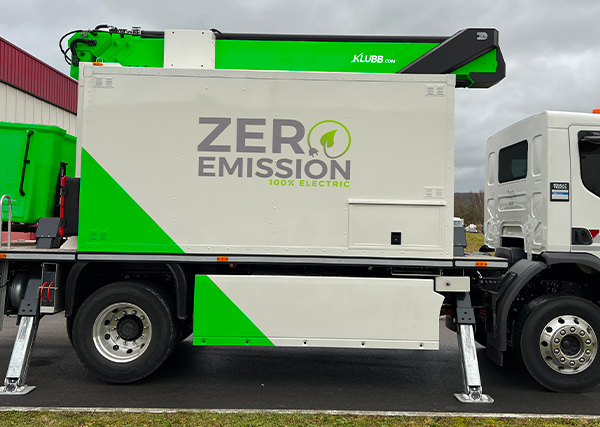
The use of aerial work platforms for the maintenance of infrastructure and power lines is common. However, it exposes operators to risks of electrocution, falls from height, and overturning of the aerial work platform.
Using aerial work platforms near power lines requires special attention to safety protocols to prevent risks and thus protect operators.
Risk of Electrocution
Electrocution represents a major and immediate risk, which can have serious consequences. This risk is even higher when operators work near live power lines. As a reminder, electrocution can occur when the operator or the aerial work platform comes into direct contact with the power line. It is therefore crucial to stay at a distance from the power line to avoid the risks of electric arcs, which can form in certain situations.
Falls from Height and Overturning of the Aerial Work Platform
Beyond the risk of electrocution, operators may face other major risks such as falls from height and the overturning of the aerial work platform. These are generally the result of unexpected movements caused by improper handling, unfavourable weather conditions, and damaged or uneven terrain. They are also sometimes the consequence of human errors such as incorrect use of controls, or excessive outreach and working height when the necessary conditions are not met.
However, simple measures can be implemented to significantly reduce these risks: developing training, planning operations in advance, wearing appropriate Personal Protective Equipment (PPE), ensuring regular maintenance of equipment, and using assistive technologies…
Operator Training
Operator training helps prevent a large number of accidents. It is therefore essential to train them on the following topics: technical aspects of the aerial work platform, electrical risks and safety distances, emergency procedures, and managing unexpected incidents. Employers must ensure that training is regular so that operators can update their knowledge, which must evolve in line with standards and new technologies.
Operation Planning
Careful planning of operations allows for safe execution of electrical maintenance. It helps determine the safest work paths and position the aerial work platform to minimise interactions with power lines. This planning must take into account the various parameters that can affect operator safety.
Regular Inspections and Maintenance
Keeping aerial work platforms in optimal working condition reduces the risks operators face. This involves regular inspections and increased preventive maintenance to ensure that none of the platform’s components are faulty. Checking the integrity of the platform’s mechanical and electrical systems can prevent breakdowns that could also endanger operators' lives.
Integration of Assistive Technologies
Today, technologies are being developed to help operators working at height. These include proximity sensors that identify nearby obstacles and alert operators when they dangerously approach power lines. Moreover, they help better understand the environment and limit possible risks by maintaining a safe distance from obstacles.




